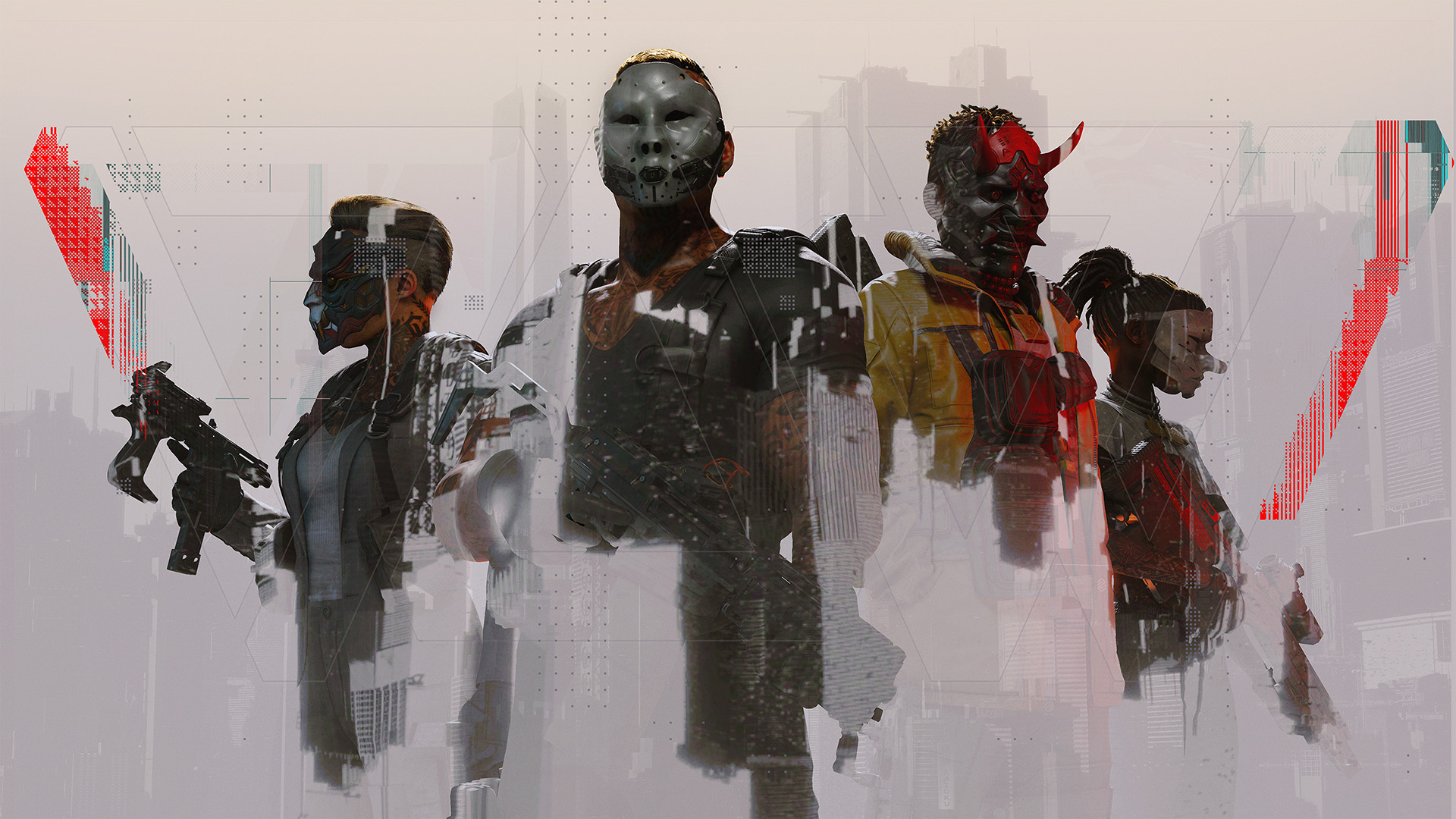
(Image credit: 10 Chambers)
10 Chambers emerged in 2015 with Ulf Anderson, the genius behind Payday, at its helm. Gathering a talented team of nine, each member became a symbolic ‘chamber’ of the company. Fast forward a decade, and the unexpected triumph of GTFO (Get the F*** Out), their 2019 co-op horror shooter, has vastly expanded the studio to over 100 experts. While some anticipated a continuation of GTFO’s saga, the Swedish creators have chosen to return to the heist dynamics they revolutionized. Presenting: Den Of Wolves, the futuristic kin of Payday.
According to Simon Viklund, 10 Chambers’ co-founder and audio director, “This game has lived in Ulf’s mind since the early days of the first Payday production.” The modern-day restrictions saw Payday morph in concept to the futuristic playground it is now in Den Of Wolves.
The dystopian world of Den Of Wolves is painted with neon tones reminiscent of CD Projekt Red’s Night City. However, rather than fiction, it’s anchored on the real Midway Atoll, a remote isle northwest of Hawaii. By 2030, as per the game’s lore, catastrophic AI-driven cyber-attacks upended civilization, leaving global systems in disrepair. In this chaos, influential corporations created a haven on Midway City free from AI oversight.
Set in 2067, players engage in survival battles on this AI-free Pacific archipelago. Midway City is run by corporations that govern with violence, its economics dictated by fear and cash, hence being dubbed “the capital of capitalism” by Viklund. The introduction of ‘diving’ facilitated by biological hackers has birthed advanced crimes in this desperate locale.
Viklund elaborates, “Our narrative aims for credibility by using an actual place, like an unincorporated US land,” highlighting a geological nexus between America and Asia.
Amid this chaos, gamers immerse themselves as mere opportunists, eying big payouts. Den Of Wolves offers a dynamic four-player cooperative heist simulator, spread across multiple perilous districts. Players must navigate preparatory missions to succeed in district-wide heists.
During my own playtest, I embarked on a dry run and a full heist. Navigating through a security-abundant office tower, stealth was imperative. However, a botched silent attack ignited a blazing frenzy. The architecture’s grandeur allowed flexible level plans, setting players from slums to opulent penthouses.
The showcase continued with a complex heist. Armed with high-grade weapons, our team infiltrated to access vaults guarded by neural-linked targets. The narrative amplified as we breached a mega structure, reminiscent of Judge Dredd’s iconic housing fortresses.
Inside this sanctum, guarded fiercely, decisions gleaned from earlier missions intertwined with unfolding stories—a touch of personalized environmental storytelling. “The real tale surfaces during heists since they reflect past choices leading to consequences,” Viklund remarks, echoing the compelling nature of your decisions.
The thrilling pulse of the game peaked with a daring brain dive—an escape from reality into a red-hued mindscape, a testament to Den Of Wolves‘ daring creativity in gameplay diversity.
Viklund shares, “Dives accentuate variety—ranging from horror to weaponized arenas. The altered rules enhance the challenge, making dives exhilarating.”
Den Of Wolves, still in its nascent stage, aims to offer storylines akin to action-packed serial episodes, seamlessly woven by player decisions. The company resists cutscenes, opting for immersive in-game storytelling.
Reflecting on his gaming journey, Viklund asserts, “After refining this genre for over 20 years, from Ghost Recon: Advanced Warfighter to GTFO, our experience promises a project worth watching.” As players journey through Den Of Wolves, they are poised to re-engage with the heist thrills that first captivated them.
Eager for more details on Den of Wolves? Dive deeper into our chat with 10 Chambers revealing their ambitious heist revitalization set against the shadow of late-stage capitalism.